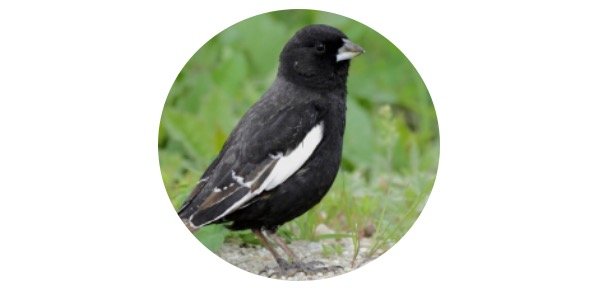New Jersey State Bird: Description, Pictures, & Fun Facts
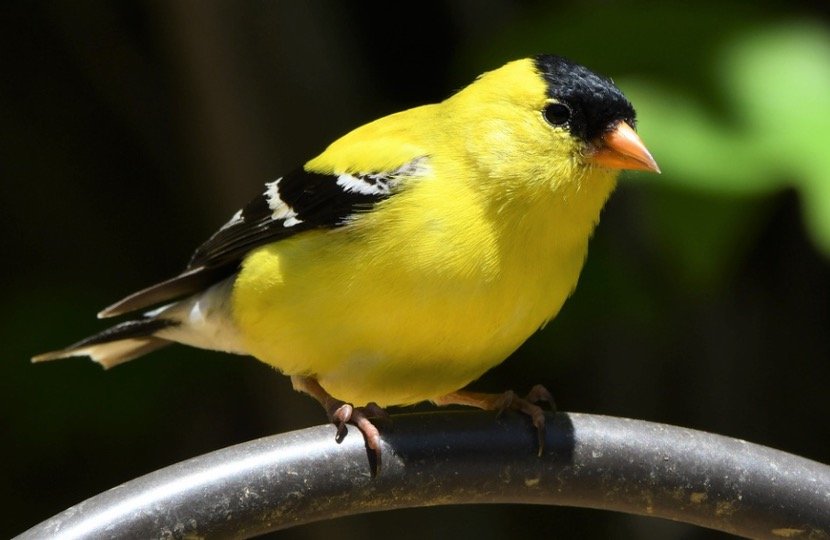
Table of Contents
What is New Jersey State Bird?
New Jersey is the fifth-smallest state in terms of surface size, but due to its dense population, It is the 11th most populous region in the U.S. The horse is New Jersey’s official animal, but what is the state bird?
The American Goldfinch (Carduelis tristis), also called as the Eastern Goldfinch, was named the state bird of New Jersey in 1935. By devouring the weed’s seeds, the little yellow canary bird with a short, cone-shaped beak and a short, forked tail helps reduce ragweed development in the Garden State of New Jersey.
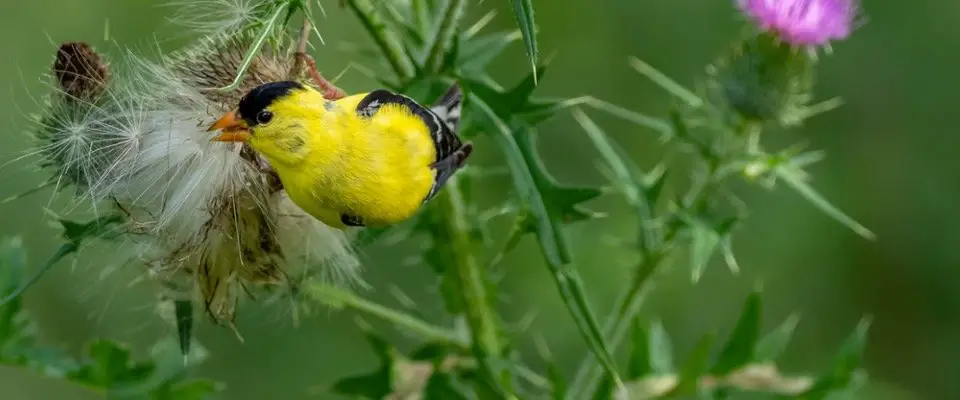
Why is American Goldfinch New Jersey State Bird?
The Garden State of New Jersey was an obvious option for the wild canary, also known as the American Goldfinch, since it prefers open areas and meadows. The bird routinely serenades New Jersey residents with its melodies, and the state honours its devotion by designating it as the state bird.
Its fondness for allergy-inducing plant seeds like ragweed surely didn’t diminish the inhabitants’ affection for the little fowl. Hey, if you could help people handle their allergies, you’d be everyone’s best buddy.
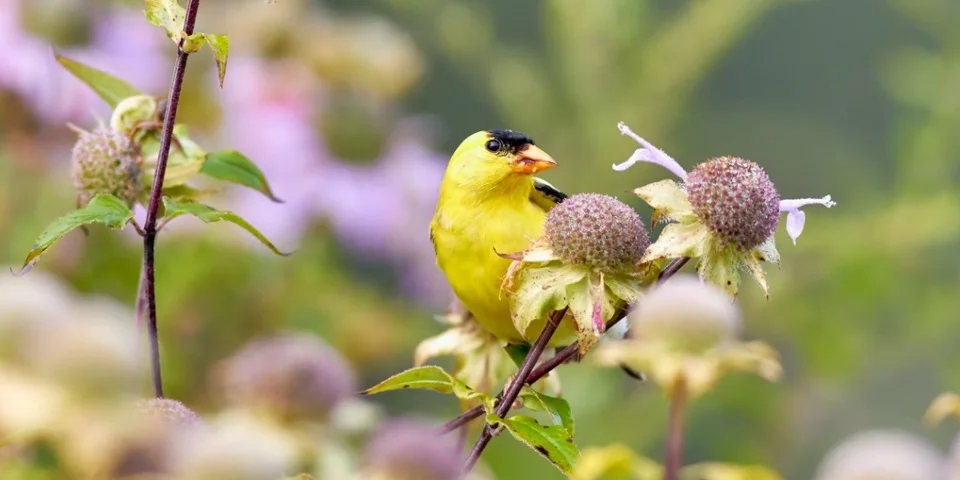
When did American Goldfinch become New Jersey State Bird?
The state of New Jersey waited until 1935 to designate its state bird, doing so during the 159th session of its state assembly. It chose the bird as one of its official emblems on June 27, 1935. The American Goldfinch is the official bird of Washington and Iowa.
The canary, like many other riddles in New Jersey history, comes into this category. The statute that makes it the official state bird, New Jersey Statute Title 52, Section 52:9A-1, does not explain why.
Legislative journals and newspapers at the time did not record the explanation for the decision, thus you won’t discover a wonderful tale behind it. No one is telling, as is the case with many secrets in New Jersey. The legislators evidently took an omerta oath on this one.
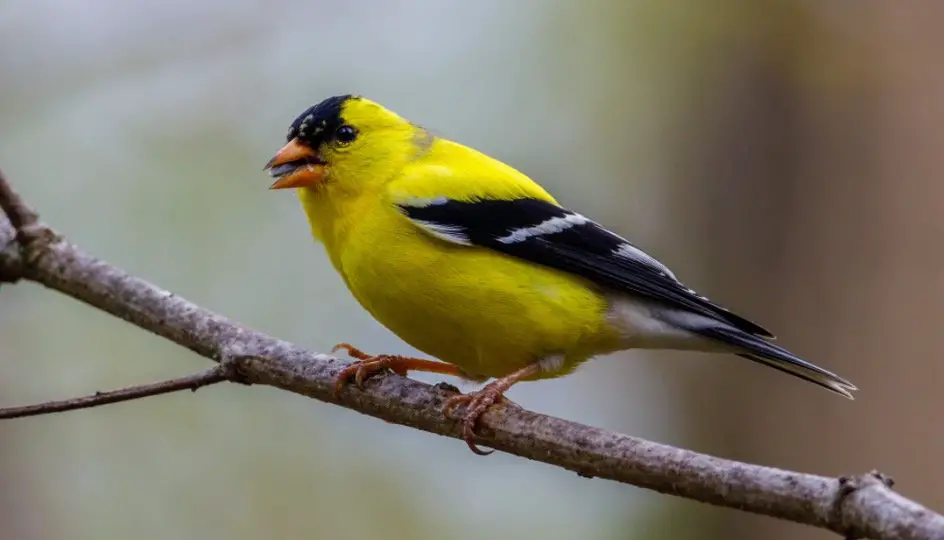
What does New Jersey State Bird look like?
These brilliant yellow birds may be seen across the state of New Jersey. In the spring and summer, they retain their plumage. Male American Goldfinch have a black beak and forehead. The female has olive-yellow feathers with a brown tail and wings.
During the winter, though, the male has the same appearance. Both sexes reach a maximum length of around 4.25 inches. The male’s breast and upper part are yellow, as is the female’s, while the male’s rump is white. Both sexes have pale legs.
The American Goldfinch is 4.25 inches long from head to tail. It has a wingspan of 7.5 to 8.7 inches. These little birds are only.39 ounces to.79 ounces in weight. While you may have a pet canary, capturing a wild canary is not advised.
Choose a pet shop canary instead, since these birds were raised for the pet life. You may attract canaries to your yard by placing a bird feeder. In captivity, they may survive for nine to ten years, but in the wild, they can live for up to sixteen years.
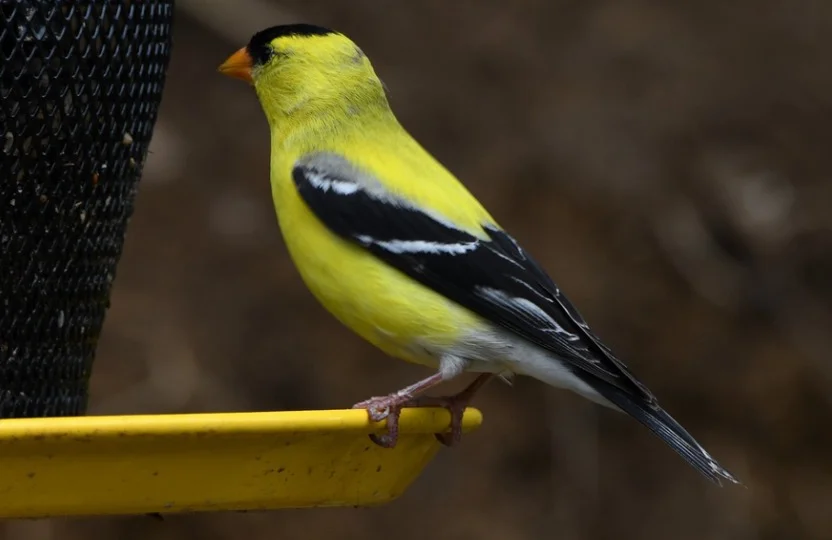
How do New Jersey State Bird behave?
The male and female sing until their offspring hatch. When the babies moult, the mother ceases to sing. At this time, the mother’s singing comes to a halt. Canaries begin to sing when they are six weeks old.
Canaries sing a rapid-fire, high-pitched song that sounds similar to the rat-tat-tat of a machine gun being fired. Many canary melodies, in fact, serve as inspiration for laser firing in computer games.
Males and girls must attain the age of maturity before singing on a regular basis. Despite being educated at an early age, these birds do not begin performing until they are roughly nine months old. Canaries, like humans, can learn in certain ways.
If a canary’s parents are not there to teach it to sing, you can do so. Even an adult canary that does not sing can be taught to do so.
The American goldfinch is another kind of bird that disproves the concept of bird-brained behaviour. These intelligent avians can learn to sing songs well into maturity, and they can learn from a person rather than a bird.
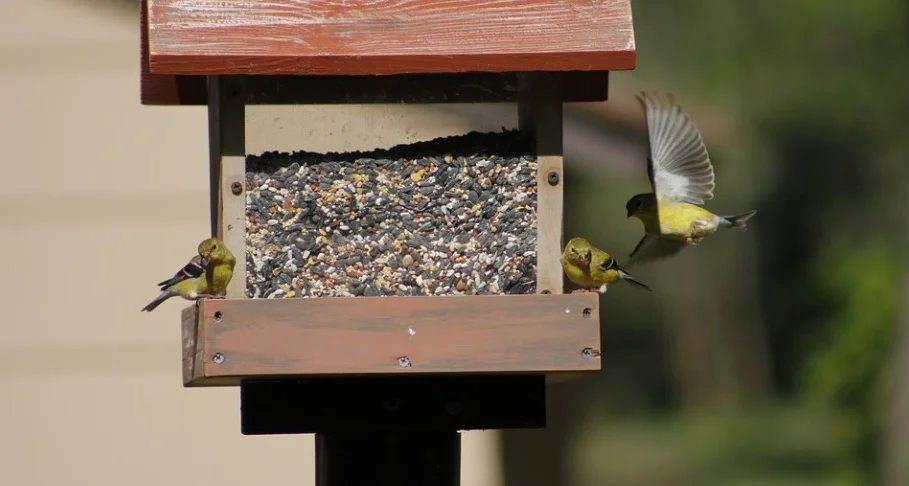
Do American Goldfinch form communities?
Canaries live in nuclear families. These monogamous birds are life partners. Once they’ve mated, they make a nest together, generally out of milkweed, thistle, and other fibrous plant life, as well as sticks and twigs.
They may mate up to three times throughout their lifetime, with each female bird’s pregnancy resulting in many eggs. The number of eggs in a clutch varies from two to seven every pregnancy. This indicates that a single couple might have up to 21 children.
The American Goldfinch prefers to spend the full year in the same environment. They want to remain in their new house and raise their family there. Their nesting season lasts from late June until early July.
Their incubation period is around 15 days. When young birds reach adulthood, they “fly the coop.” They leave their parents’ nest and go on to repeat the procedure in order to generate more canaries.
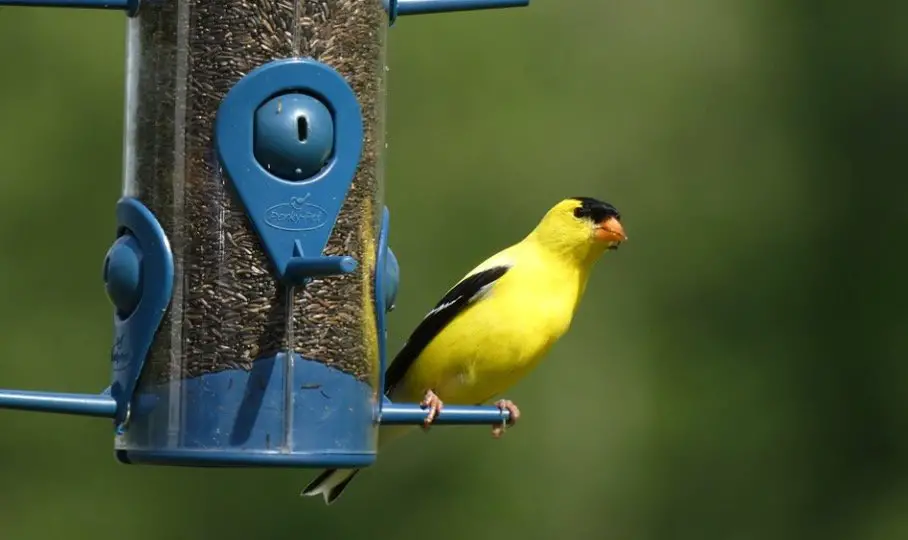
What do American Goldfinch eat?
Canaries, like many other wild birds, feed on weed seeds. They devour the seeds from the materials used to construct their nests. This usually refers to thistle seed, although there is also a lot of ragweed seed.
You may attract these lovely creatures with their favourite seeds by placing a bird feeder in your yard. They are particularly fond of nyger seed and sunflower seeds. Most feed or lawn and garden businesses sell seed mixes designed to attract these birds.
